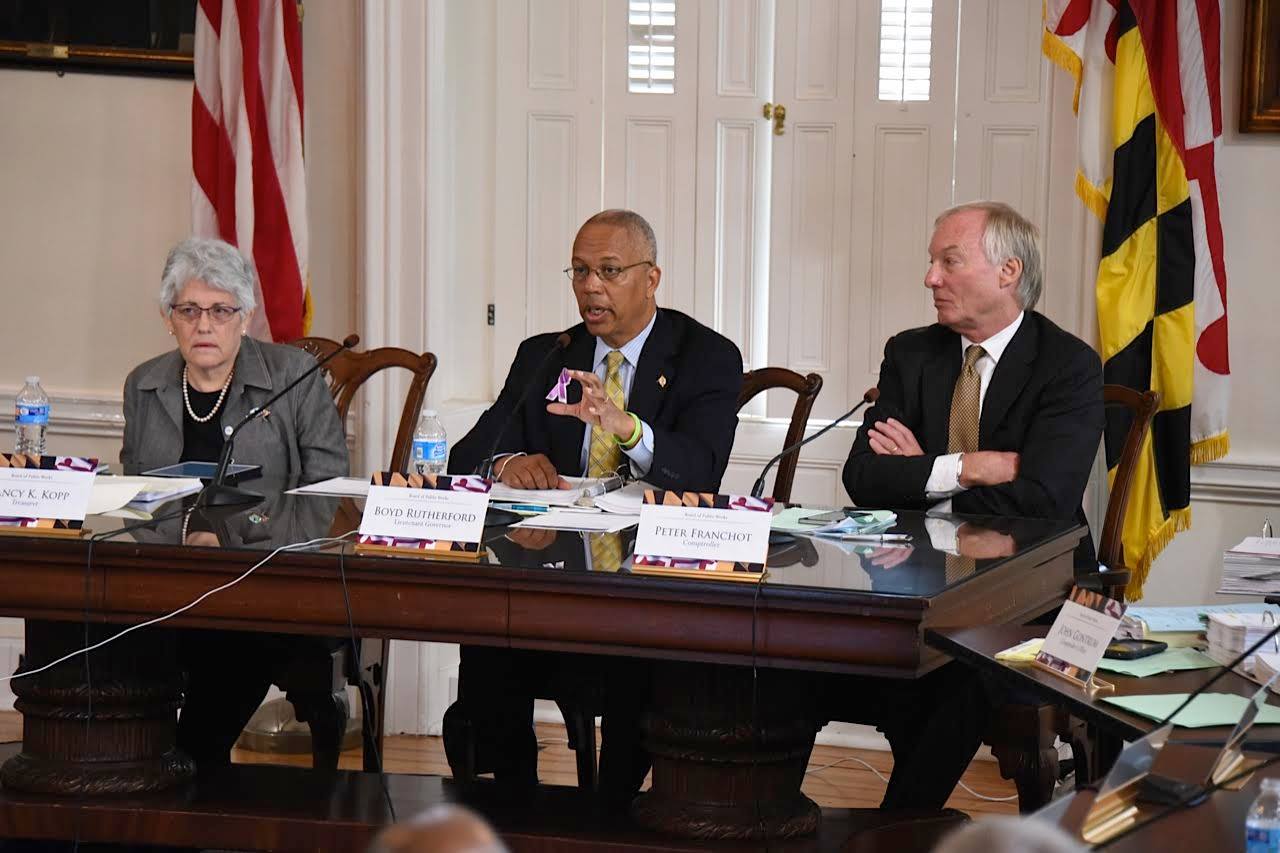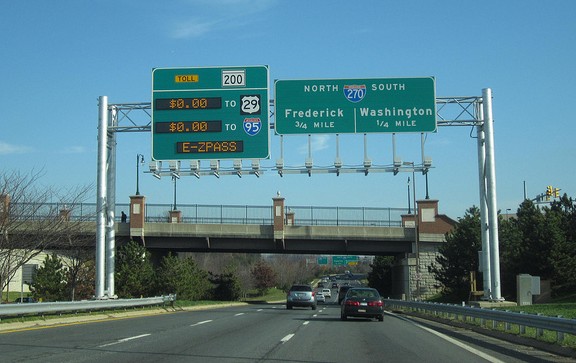By Len Lazarick
Len@MarylandReporter.com
The Governor’s Redistricting Advisory Committee announced the dates, times and places for the first three of 12 public hearings around the state to hear from Maryland residents about the drawing of congressional and legislative district lines.
Committee members apparently rejected a suggestion from Senate President Mike Miller that they reduce the number of hearings to eight or nine. The committee’s time is short, Miller argued. Members are supposed to come up with a congressional district plan by September, for action by the General Assembly in a special session likely to start Oct. 17.

This map from the Department of Planning shows population growth during the last decade in the state's eight current congressional districts.
The first three hearings will be held on Saturday, July 23 and Monday, July 25. On the 23rd, there will be morning and afternoon meetings in Hancock and Frederick in western Maryland. Two days later, there will be an evening meeting in Largo in Prince George’s County.
The committee has also posted detailed instructions to sign up in advance to testify and submit testimony for the hearings, and detailed guidelines for the public to submit of districting plans.
As reported in stories in our daily Roundup, there is widespread belief that the public hearings are just a formality, with the real decisions being made behind closed doors.
Regardless, the Republican Party has already submitted its own congressional districting plan that drastically simplifies the eight districts. It also gives Republicans a fighting shot for at least three seats, rather than the two it was left with after Democratic Gov. Parris Glendening rearranged the map 10 years ago.
The current map is “one of the most politically partisan, gerrymandered maps in the nation,” said State Republican Chairman Alex Mooney.
The GOP map, at FairLinesMd.org, closely follows the rules in the Maryland constitution for General Assembly districts: “Each legislative district shall consist of adjoining territory, be compact in form and of substantially equal population. Due regard shall be given to natural boundaries and boundaries of political subdivisions.”
Those rules do not apply to congressional districts, which must only be almost exactly equal in population.
Mooney insists that the GOP plan is not a “partisan” map. It actually cuts Republican Rep. Andy Harris’s longtime homestead in Cockeysville out of the district, though he does own a condo in Cambridge.
The GOP map creates three majority-minority districts, rather than the two that currently exist. It also gives growing Anne Arundel County — now split into four congressional districts — a better chance to have its own representative, as it had for decades. The GOP map also includes Democratic eastern Howard County in that district.
While the map looks clean, it puts Reps. Dutch Ruppersberger and John Sarbanes in the same Baltimore County 2nd congressional district.
The GOP proposal likely has little chance of being adopted. Asked if the public hearing process on the lines was “a sham,” Mooney said, “We’ll have to see.”
But the five-member redistricting committee is “clearly a left-leaning partisan group,” Mooney said. It also includes House Speaker Michael Busch, Democrat Richard Stewart and just one Republican, former Del. Jim King from Anne Arundel County. The Republican Party had no say in King’s appointment by O’Malley.
According to detailed reporting by columnist Josh Kurtz at Center Maryland, the six incumbent Democrats in Congress have very different plans for their district lines.
Kurtz says Rep. Donna Edwards has persuaded the delegation to try to make the 6th Congressional District, now held by Republican Rep. Roscoe Bartlett, more amenable to a Democrat.





Recent Comments